Explore The Town !
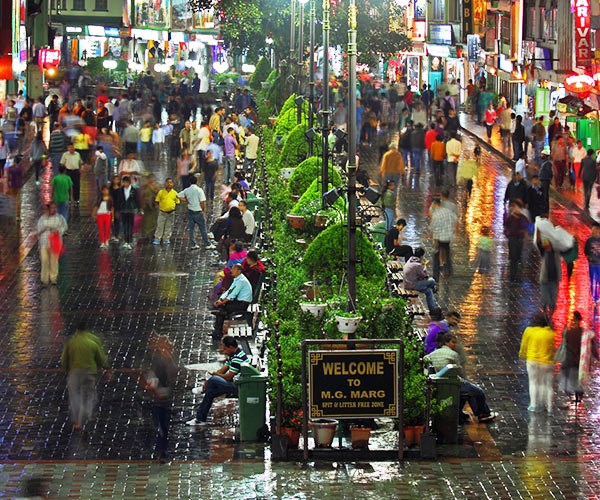
M.G. Marg
This litter & spit-free avenue in Gangtok is the center of bustling activities. Lined with vintage streetlights and melee of benches where tourists can sit down with a plate of piping hot momos and enjoy their treat while they soak in the chilled ambiance of the hill station. You will run into some of the best eateries, bookstores, souvenir shops and tea selling corners in here, which is perfect for window shopping.
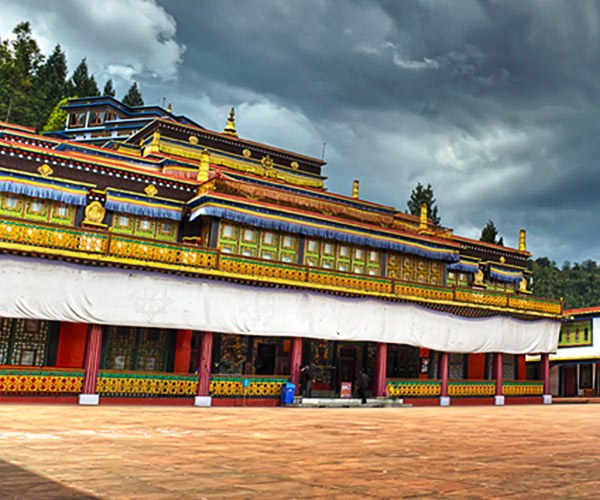
Rumtek Monastery
Sikkim's biggest, and the grandest monastery is situated 25 kilometers ahead of the main town in Gangtok. Topped with golden spires and encircled by a vibrant yellow courtyard, the monastery houses the relics of the 16th Karmapa. The premises of the monastery reverberates with the sounds of gongs and cymbals during its customary prayer sessions, which is generally the best time to visit this location.
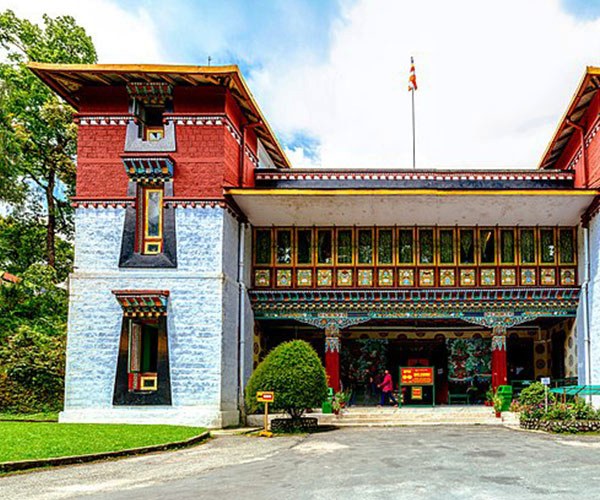
Namgyal Institute of Tibetology
Namgyal Institute of Tibetology is a Tibet museum in Gangtok, Sikkim, India. The foundation stone of the Institute was laid by the 14th Dalai Lama on 10 February 1957 and it was opened officially by the Prime Minister of India Pandit Jawaharlal Nehru on 1 October 1958.
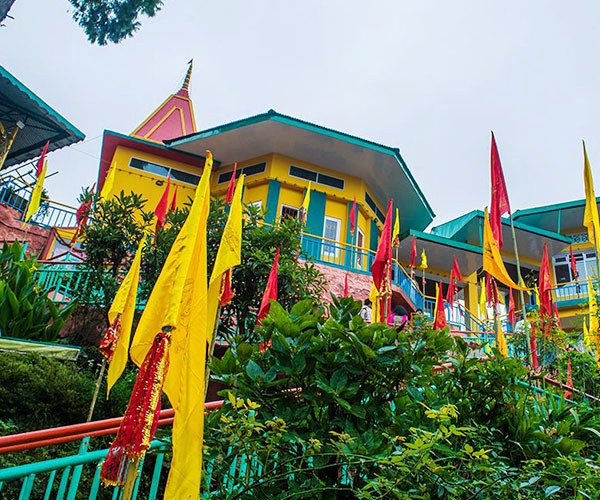
Ganesh Tok
Close to Tashi View point is Ganesh Tok, a temple of Lord Gansha. It's located at an altitude of 6,500 ft and at a hill adjacent to that of the huge TV Tower. Like Hanuman Tok, tourists come here not only to offer prayers to Ganesh, but also to soak in the views from the viewing lounge and the circular balcony around it.

Ban Jhakri Falls & Energy Park
The Ban-jhakri Falls & Energy Park (recreation centre) is a popular tourist attraction. The park's displays the Ban Jhakri, or traditional shamanic healer who worships spirits living in caves around the falls. Ban means "forest" & Jhākri means "healer". A natural waterfall sourced from springs at higher elevation, the park's attractions are a man-made lake with a dragon in the centre; gazebos; statues of jhākri; & statues of the Lyam-Lymay, Mangpas, and Lepcha peoples of Sikkim. The park is also lit by solar-powered lamps & has various installations exhibiting possibilities of renewal energy such as solar water heaters, solar-powered cars etc.

Flower Exhibition Centre - Ridge Park
Gangtok hosts the International Flower Festival and puts up a grand floral show. This is because Sikkim is an ecological hotspot and sports the richest population of orchids and rhododendrons around. The best time to walk in is during spring when the orchids are in full bloom. All of the exotic flowers are grown without the aid of any chemical fertilizers since Sikkim is a completely organic state.
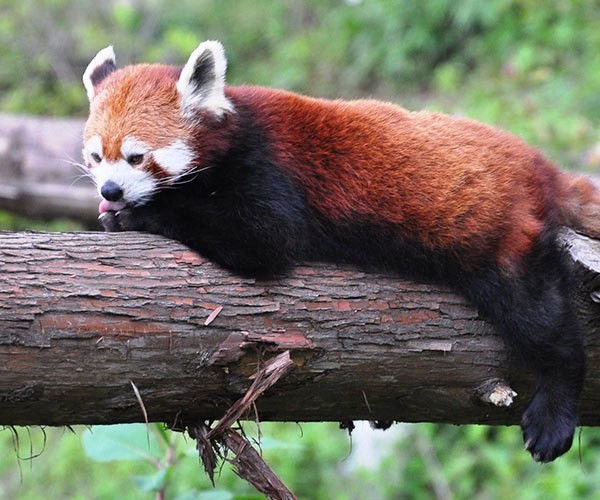
Sikkim Himalayan Zoological Park, Bulbuley
Himalayan Zoological Park is the first Zoological park of Sikkim. The Park accomplishes the perception of modern zoo, where the animals are kept in replicated natural conditions. Certainly a place for wildlife lovers in Sikkim, the Park has been established, to preserve the wildlife, without disturbing the creatures and keeping them in their natural habitat. Located in Bulbuley, Himalayan Zoological Park is at a distance of 3 km from Gangtok. At an altitude of 1,780 meters, the Zoological Park also tenders a splendid view of Mt. Khangchendzonga. This Park sprawls in an area of 205 hectares in the mountainous terrain. The Park houses a variety of fauna species found in the Himalayas. Some of them are Himalayan Monal Pheasant, Himalayan Red Panda, Snow Leopard Cat, Goral, Himalayan Palm Civet, Himalayan Black Bear and Crimson-Horned Pheasant.
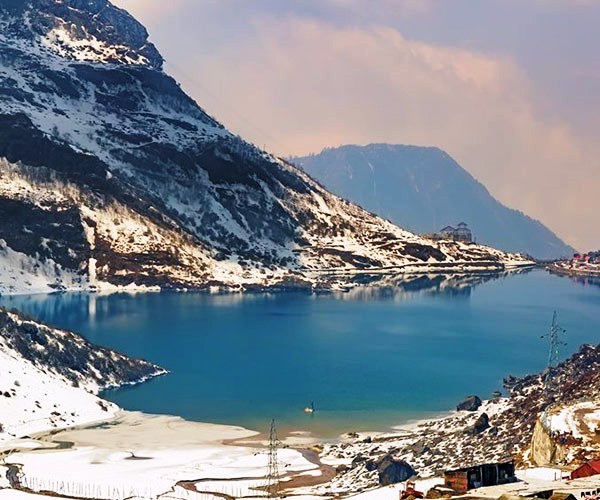
Tsomgo Lake
This scenic lake is merely a two-hour drive away from the bustling capital of Gangtok. Once you are within its premises, don’t forget to trek up the route to Tsomgo on the back of a yak. Local herders roam around with colorfully dressed yaks always ready to be your ride. Scouting through the snow covered lanes that extend up to the lake overlooking the mountains is an experience of a lifetime.

Baba Mandir
Captain "Baba" Harbhajan Singh was an Indian army soldier. He is revered as the "Hero of Nathula" by soldiers of the Indian army, who built a shrine in his honour. He was accorded the status of saint by believers who refer to him as the "Baba" (saintly father). Many of his faithful - chiefly Indian army personnel posted in and around the Nathula Pass and the Sino-Indian border between the state of Sikkim and Chinese-occupied Tibet - have come to believe his spirit protects every soldier in the inhospitable high-altitude terrain of the Eastern Himalayas. As with most saints, the Baba is believed to grant favours to those who revere and worship him.
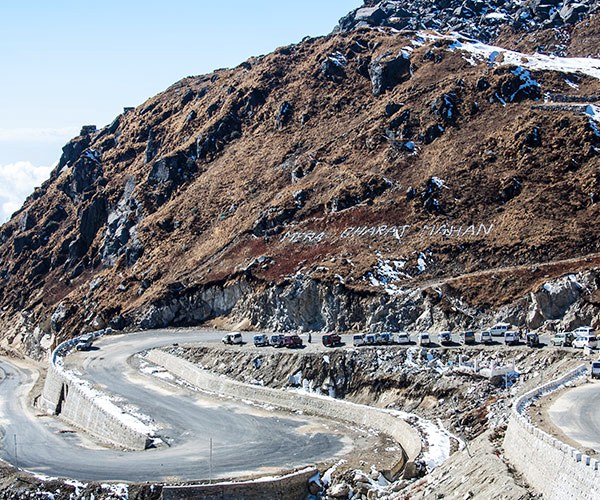
Nathula Pass
Another breathtaking location just two hours ahead of Gangtok is one of the highest passes in India. The Nathu La is the Line of Control between the territories of China & India. This location is open only during selective days and only Indian nationals are permitted entry. If you are lucky to get entry, you will see the Chinese soldiers posted for their watch duty on the other side of the border amidst the mountains.
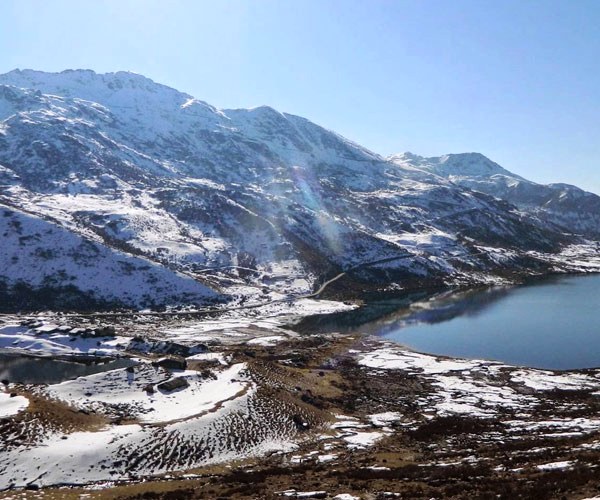
Kupup
One can also modify the Tsomgo-Nathula tour by adding Menmencho Lake& a small town of Kupup in their itinerary. At almost 14,000 feet above sea level, amidst the Himalayan Mountains of Sikkim, gleams the dark blue Holy Kupup Lake. The locals call it ‘Hathi-pokhri’ as it bears an interesting shape of an elephant. Also the Highest Golf Course recorded in the Guinness Book of World Record (13025 ft.) can be found here.
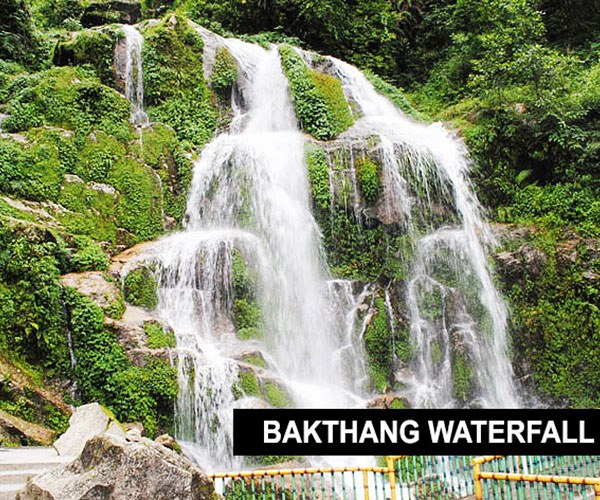
Bakthang Falls
Located on the North Sikkim Highway towards Tashi View Point and about 3kms from Gangtok town is the second best waterfall in Gangtok. While the height of the fall isn't much, it's the width of the fall that makes it so beautiful. Ratey Chu, the source of the water, falls over a canopy of green creepers making it a wonderful sight to take pictures.
Exhilarating experiences await you!
- Take a Yak Safari at Tsongmo Lake
- River Rafting in Teesta river
- Enjoy Gangtok’s aerial View from a Ropeway Cable Ride.
- And if that’s not enough for you, Paraglide over the city.
Location
Lower Burtuk, Near Helipad, Gangtok, Sikkim-737101
Service Times
Sunday to Monday
12:00AM - 12:00PM
Get In Touch
Email: [email protected]
Phone: +91-33-4022-9591